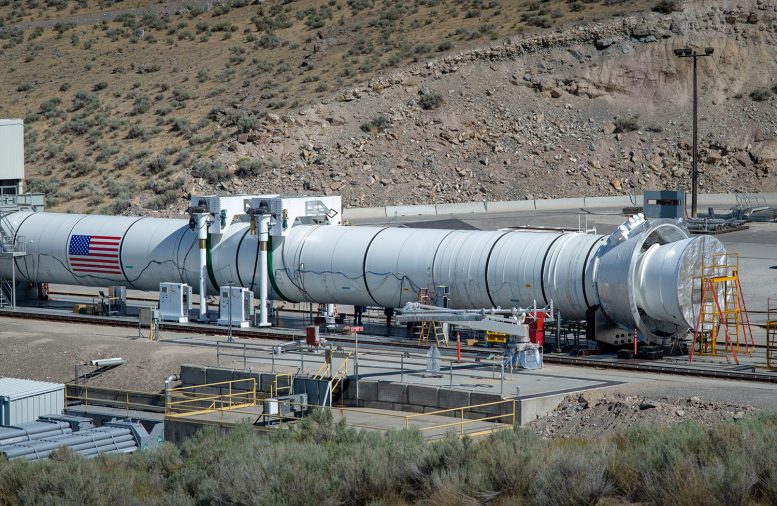
Teams have installed the flight support booster (FSB) for later versions of the solid rocket boosters on NASA’s Space Launch System (SLS) rocket into the test stand in Promontory, Utah. NASA and Northrop Grumman, the SLS booster lead contractor, will conduct a two-minute, full-duration test with the booster on September 2. Engineers will use data from the test to evaluate new materials and developments for SLS rockets that will power NASA’s Artemis lunar missions beyond Artemis III. Credit: Northrop Grumman
NASA will broadcast a Space Launch System (SLS) rocket full-scale booster test at 2:40 p.m. EDT Wednesday, September 2, on NASA Television and the agency’s website, followed by a media teleconference.
The Flight Support Booster-1 test builds on three full-scale development test firings and two qualification test firings NASA and Northrop Grumman successfully completed with the five-segment solid rocket motor in preparation for the first three Artemis missions.
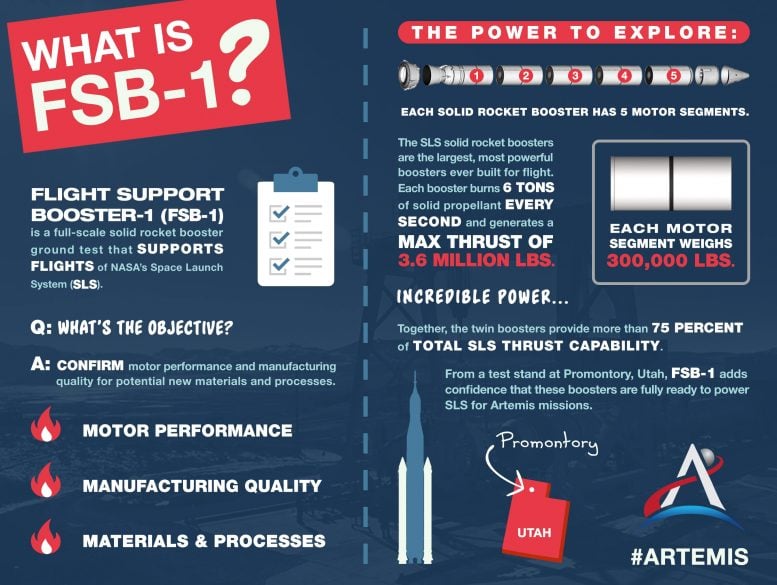
To support future flights of NASA’s powerful Space Launch System (SLS) rocket, NASA and Northrop Grumman, the SLS booster lead contractor, will conduct a full-scale Flight Support Booster (FSB-1) test in Promontory, Utah, on September 2. The SLS rocket utilizes two, five-segment solid rocket boosters to help launch NASA’s Artemis missions to the Moon. Credit: NASA/Kevin O’Brien
The September 2 test at Northrop Grumman facilities in Promontory, Utah, will help teams evaluate potential new materials, processes, and improvements for the boosters that will power deep space missions beyond Artemis III. The test also will provide another opportunity to evaluate motor manufacturing and performance.
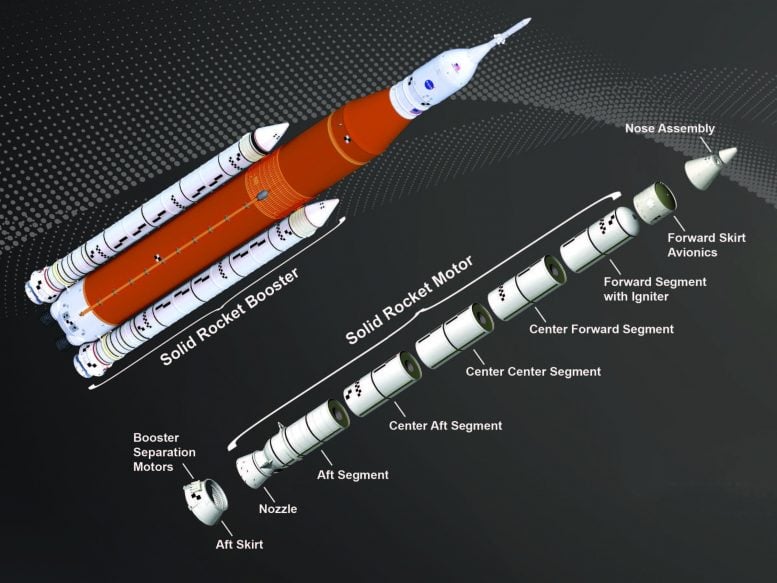
The SLS booster is the largest, most powerful solid propellant booster ever built for flight. Standing 17 stories tall and burning approximately six tons of propellant every second, each booster generates more thrust than 14 four-engine jumbo commercial airliners. Together, the SLS twin boosters provide more than 75 percent of the total SLS thrust at launch. Credit: NASA
About an hour and 30 minutes after the test, media will have the opportunity to participate in a teleconference with:
- Bruce Tiller, manager of the SLS boosters office at NASA’s Marshall Space Flight Center in Huntsville, Alabama
- Charlie Precourt, vice president of propulsion systems at Northrop Grumman, in Promontory
During the broadcast, anyone can submit questions on Twitter using the hashtag #AskNASA. Updates on the test will be posted on the Artemis blog.
Powered by four RS-25 engines and two boosters, the SLS rocket produces more than 8 million pounds of thrust to power missions to the Moon and, ultimately, Mars. The twin five-segment solid rocket boosters produce more than 75% of the rocket’s thrust during the first two minutes of ascent.
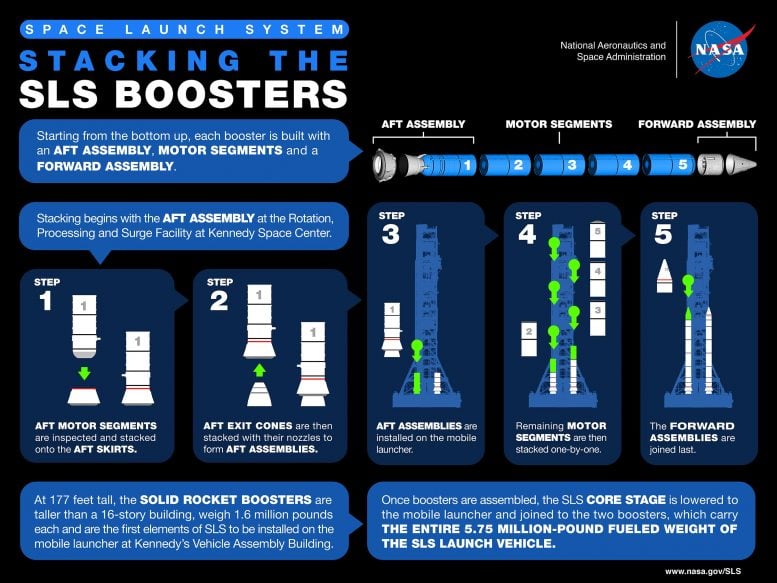
Two 177-foot-tall solid rocket boosters help launch NASA’s Space Launch System (SLS) rocket on the Artemis missions to the Moon. Each booster is made up of several large structures that are assembled and prepared for launch by the Exploration Ground Systems team at the agency’s Kennedy Space Center in Florida. Credit: NASA/Kevin O’Brien
This latest booster test will take place as teams at NASA’s Kennedy Space Center in Florida begin assembling the boosters for Artemis I, the first launch of SLS and NASA’s Orion spacecraft.
The SLS rocket, Orion spacecraft, Gateway, and human landing system are part of NASA’s backbone for deep space exploration. The Artemis program is the next step in human space exploration and is part of America’s broader Moon to Mars exploration approach, in which astronauts will explore the Moon. Experience gained there will enable humanity’s next giant leap: sending humans to Mars.


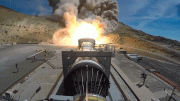
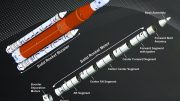


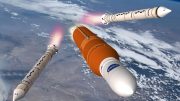
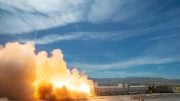
Be the first to comment on "Watch the NASA Artemis SLS Rocket Booster Full-Scale Test"